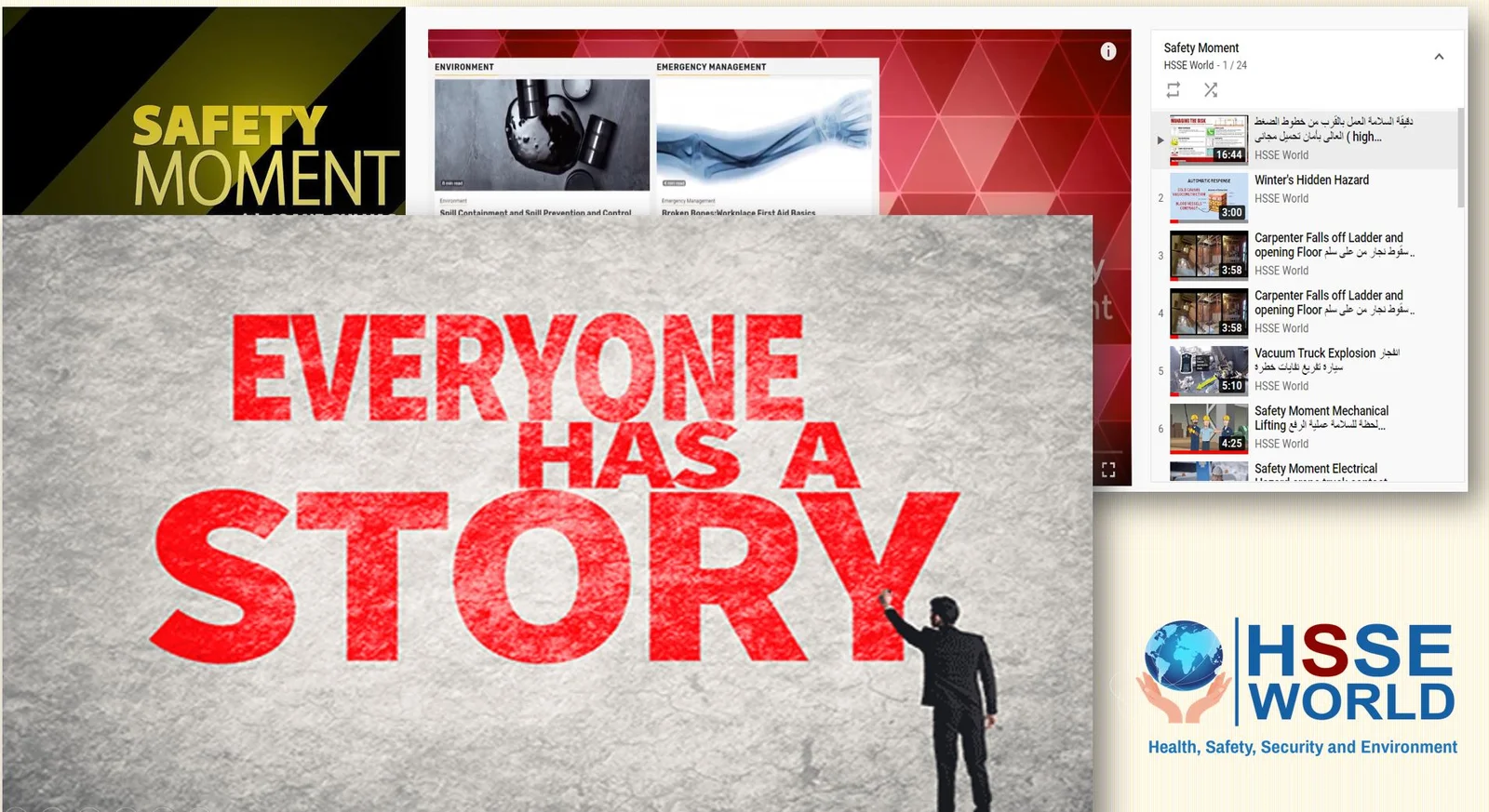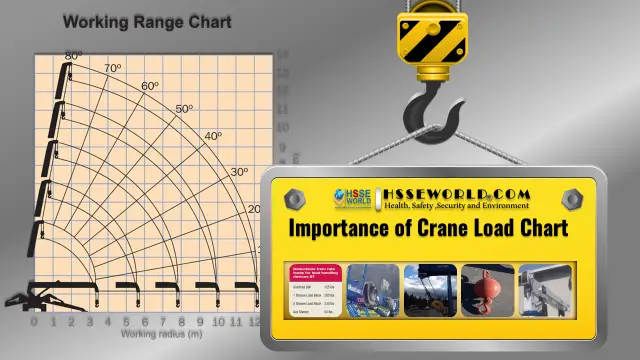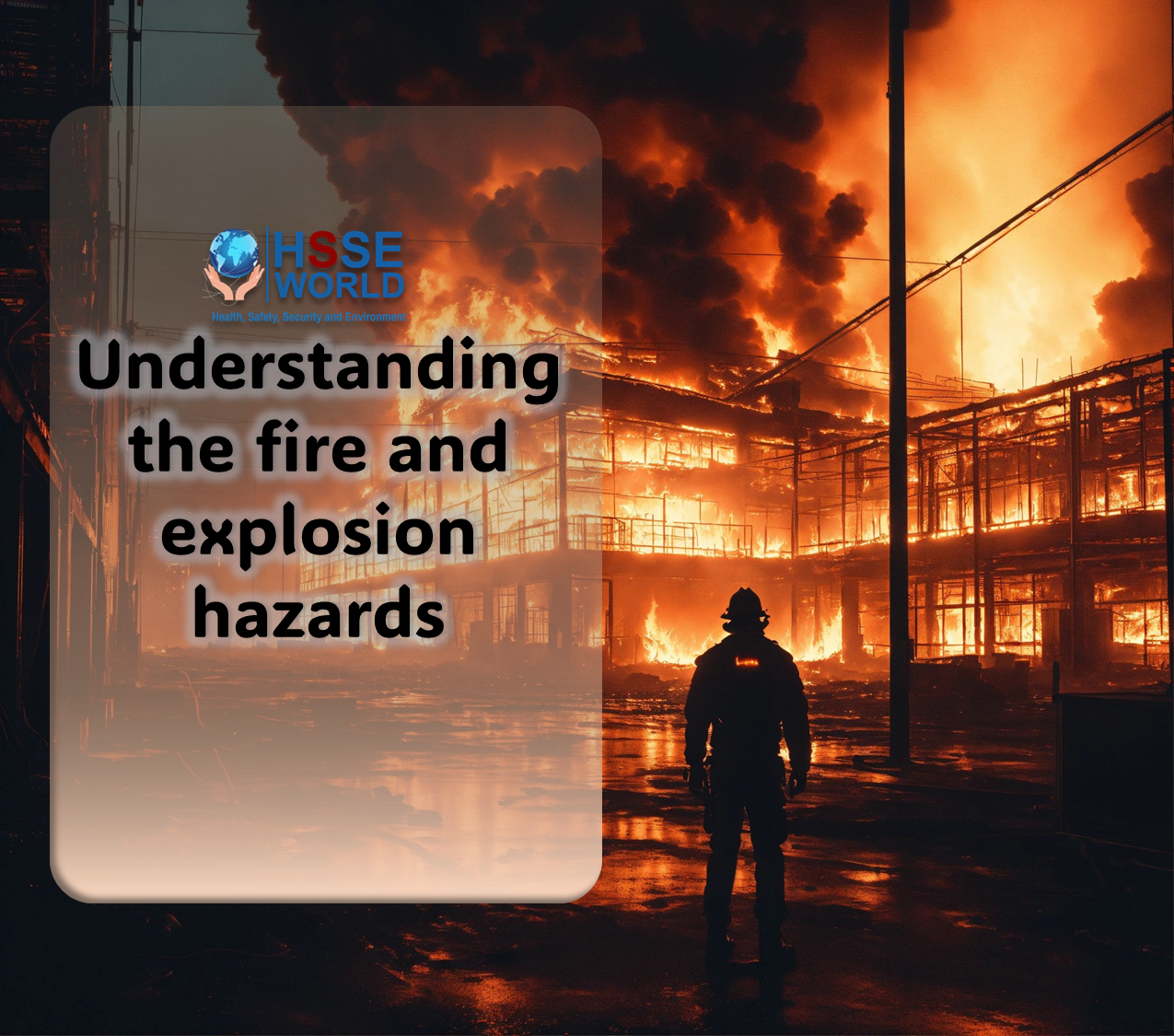Safety moments are brief meetings that take place at the start or end of the work day or at the beginning of a meeting. These brief meetings involve employees, as well as supervisors, on-site safety professionals, or members of management.These daily stand-up meetings include a short talk about a safety-related topic that is relevant to the work that will be done during the shift or an incident that has been encountered during the shift. It can also be used to review a general area of concern or give quick reminders concerning the safety policies, procedures, and protocols of the workplace.

Takeaway: When you can, make personal stories part of your safety moment. They help workers retain the information and identify with the issue.
Safety moments are especially used in industries where the risk of injury or death is high. These frequent stand-up meetings are a common feature in construction, industrial, nuclear, and petrochemical work sites. They are far less likely to take place in lower-risk workplaces like retail stores.
Safety moments tend to be more informal than safety presentations or training sessions. They often take the form of a dialog rather than a prepared narrative.
Components of Successful Safety Moments
There is no precise formula for safety moments. They can be practical and hands-on, they can present need-to-know facts, or they can cover relevant safety regulations.
How the information is delivered is also open. It can simply be a discussion of procedures and policies, but it could also involve sharing personal experiences and extracting a lesson from them.
While they’re not essential, personal stories do tend to make safety moments more memorable. They give a narrative that the listener can identify with and packages the lesson in a story rather than presenting it in the abstract.
An Actionable Takeaway
The goal of the safety moment is some action on the part of the workers. Whether it’s always making sure the first aid kit is properly stocked, doing regular inspections of fall protection harnesses, or paying more attention to their surroundings while moving through the workplace, a good safety moment gives the listeners an actionable takeaway.
Demonstrating a Commitment to Safety
The safety moment doesn’t just provide information; it also demonstrates the speaker’s commitment to safety. This normalizes safety and helps strengthen the workplace’s safety culture.
Safety moments should be springboards for further conversation. Creating a dialog with your team, instead of simply lecturing to them, will help them retain the information they learned and strengthen their commitment to act on it. It’s also a great opportunity for workers to bring up questions or concerns they might not otherwise have discussed.
Safety moments also need to be constructive, not critical. The point is to take safety seriously as a team, not to blame someone for a recent incident or to call them out for their conduct.
Safety Moment Topics
If there’s a hazard your workers face, an incident that should be revisited, or a regulation that they need to remember, then it can make a suitable topic for a safety moment.
That means safety moments could be on anything from how to avoid falls to how to avoid noise-induced hearing loss, when to signal to a forklift driver, or what the pipe markings in your workplace mean.(for More topics visit Safety Moments Topic.)
How to Set Up a Safety Moment
Scheduling
Safety moments should be scheduled regularly. This is the best way to make sure they don’t fall by the wayside or are poorly attended because some workers are caught up in their work tasks or dealing with clients or customers.
The exception are the brief safety huddles following an incident. These tend to be impromptu and are only held as needed.
Duration
Safety moments should be brief – about three to five minutes. If you’re presenting information to your workers, make sure that your presentation is no more than two or three minutes long to make sure there is time for questions, comments, and discussion.
Supplementary Material
If you’ll be using supplementary materials, make sure you plan ahead so that you don’t eat up part of the safety moment (or the subsequent start of the work day) getting set up.
You might, for instance, print a hand-out with an overview of the safety procedures being discussed to give to employees. For bigger topics like heat stress or properly using fall protection equipment, you could also distribute factsheets or brochures with more in-depth information. Showing a brief video might also be appropriate – a video of scaffolding collapsing can really drive home the importance of making sure they’re securely braced.
Solicit Topics
Encourage employees to suggest timely topics that should be addressed in a safety topic.
This is a great way to ensure that you’re covering the most pressing issues, since the workers at the front line often have a better sense of where some of the risks are than the rest of the team. But it’s also a great way to reinforce the message that safety is everyone’s business and to highlight the importance of looking out for each other.



